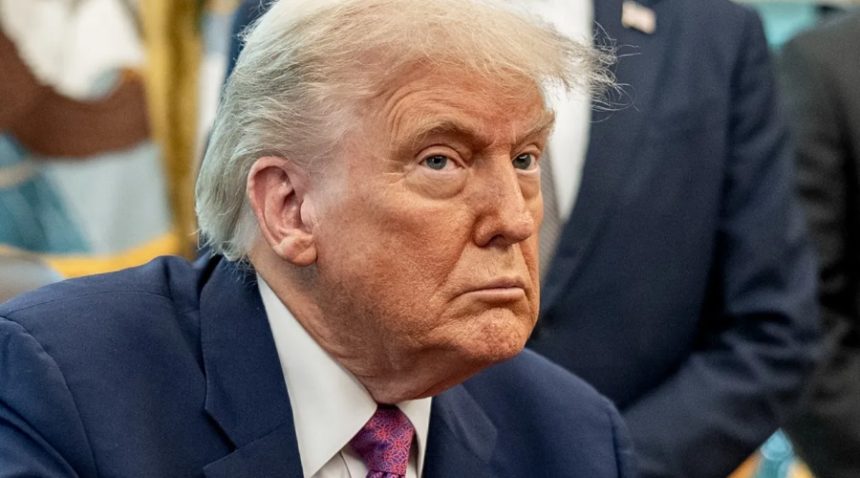US President Trump to send tariff notices to trading partners, setting fixed rates and ending talks with countries unwilling to agree on trade terms
President Donald Trump has announced that he will issue formal statements to several U.S. trading partners over the next two weeks, detailing new unilateral tariffs. In a speech at the Kennedy Centre in Washington, D.C., he made it clear that such trade terms would be non-negotiable and said, “You can take it, or you can leave it.” Trump explained that this is just a strategy based on the fact that he regards it as impossible to negotiate with more than 150 countries simultaneously.
This action is part of his administration’s plan to levy a minimum 10% tariff on all imports, effective April 2025. Further, “reciprocal tariffs” are suggested in some other areas, such as the European Union (20%) and Vietnam (46%). These tariffs had initially been put on hold to enable trade talks to continue, but that reprieve is soon coming to an end. According to Trump, few countries, such as Japan and South Korea, are still in the process of active negotiations.
Ongoing Trade Talks and Policy Justification
Trump was happy with the trade deals that had already been made with China and the United Kingdom. He urged that there was no need for protracted negotiations with other countries. As the president stated, the U.S. will proceed with pre-set tariff schedules in case countries do not reach agreements within the last 30 days of the pause period.
The White House believes this will be a method of standardizing terms of trade boards across the board, which provides countries with certain expectations. Trump emphasized that participation is optional, and other countries are not obligated to trade with the United States or source their goods here if they disagree with the conditions. Nevertheless, he also reinstated the U.S. role as one of the major markets in the world, which means that various international supply chains are likely to be affected.
Legal Backing and Implementation Timeline
A legal effort to undermine Trump’s tariff strategy suffered a setback this week after the U.S. Court of Appeals for the Federal Circuit ruled that the imposed tariffs could remain in place for at least two more months. This ruling put on hold a lower court decision aimed at overturning the measure, giving the administration time to implement the second phase of action.
The administration has not revealed a complete list of the countries that will be receiving the formal letters on tariffs. However, the authorities are likely to continue with the announcements as the 90-day pause ends. The change represents an interesting turning point in American trade policy, as it focused more on direct terms than long-lasting negotiations.





